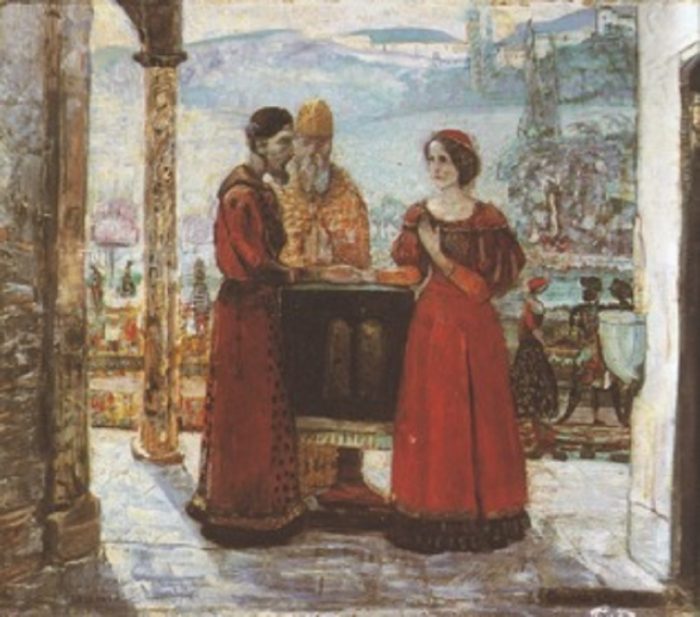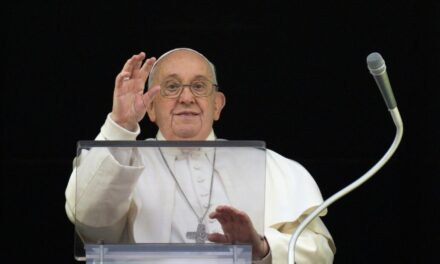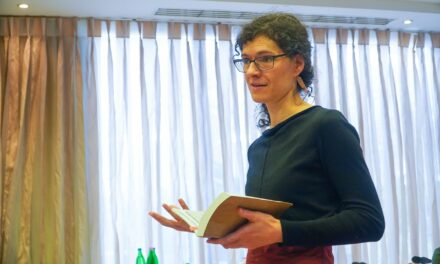The Christian Catholic Church commemorates the betrothal of Mary on January 23, which celebrates the betrothal of Jesus' mother, the Blessed Virgin Mary, and Saint Joseph.
It began to be celebrated in the city of Chartres (France) at the beginning of the 15th century, and was then spread by the Franciscans with papal approval (1537). During the liberation of Buda (1686), a Capuchin friend raised the image of Mary and St. Joseph high on the spearhead.
From that time on, their respect among the people and the aristocrats was greatly strengthened. XI. Pope Ince - at the request of Emperor Lipót - raised January 23 to the status of a holiday in the territory of the Monarchy, the celebration of the wedding of the holy couple.
Mary's betrothal as a holiday, II. since the Vatican Council, it has been celebrated in several Italian territories, in some religious orders and in the territory of the Patriarchate of Jerusalem. In Hungary, based on Sándor Bálint's research, it has been present since 1714 as a vow holiday, the holiday was seen as a glorification of women's fate, as a symbol of peasant marriage, and several altars were also dedicated in her honor, among them in Máriaradná and the altar of the Szentkút chapel in Jászberény.
Even the creation time in a narrower sense carries meaning, January, the XV. Among the Hungarian month names used since the 19th century, it was known as the Hava of the Blessed Virgin. It was named so because this important church holiday, that is, the betrothal of Mary, was the outstanding event of the month.
In terms of its Hungarian tradition, it is mixed with the customs of the wedding Sunday in Cana. The celebration of Mary's wedding in the form of folk devotions was particularly characteristic of Jászság (but also known in other regions). In Jászberény, on this day in the church of Szentkút, a devotional service was held, which was a rarity.
After the songs, the Lord's Prayer and the Hail Mary were prayed, and then the food was served, while the usual wedding poems were sung. The long, pious wedding ended at midnight, according to the collection of Vác publicist János Balla.
Source and full article: Felvidek.ma
Featured image: Wikipedia/Lajos Gulácsy: Mária's engagement












